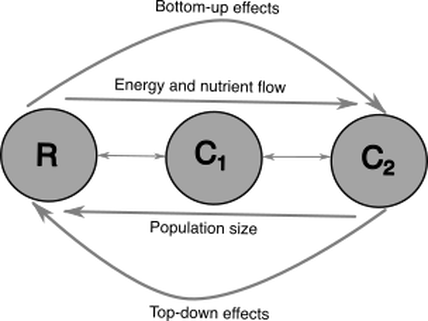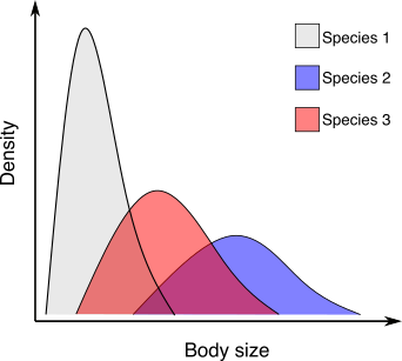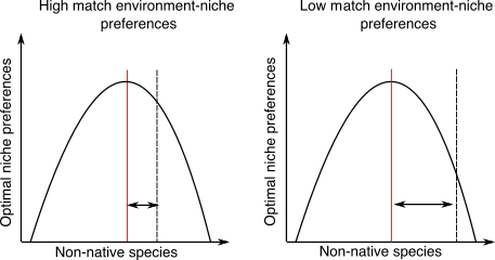FRESCO
Understanding food webs, and community structure in changing freshwater ecosystems: a macroecological perspective
FRESCO will focus on freshwater food web and community structure under the influence of main global change impacts including climate warming, eutrophication, and biological invasions. Three main objectives will be tackled with the aim to determine (O1) the role of energy fluxes of food webs (isotope- and size-based approaches), (O2) macroecological patterns of body size structure (size-based approach), and (O3) the main mechanisms that mediate the impact of non-native species in local communities (species-based approach).
|
O1 will aim to identify the spatiotemporal variability of energy flow in freshwater food webs; identify the main environmental drivers controlling the energy fluxes and how climate warming can modify the trophic web structure; and investigate how the losses or gains of certain species can impose cascading effects on energy fluxes. The objective will be a joint effort with FreshRestore project for a cross-ecosystem comparison among food webs in different climate regions.
|
|
O2 will aim to identify macroecological patterns of body size structure across trophic levels and ecosystems. I hypothesize that a negative relationship will be between climate temperature and body size structure because increased temperature usually shrinks individual body size following body-size-temperature rules.
|
|
O3 will aim to identify the main drivers influencing the biological success of non-native species, expecting that species-rich will be more successful at resisting invasion than species-poor communities following the biotic response hypothesis. Finally, the biological success of non-native species would increase with increasing the level of match between optimal niche preferences of the non-native species and local environmental niche following the niche response hypothesis.
|




